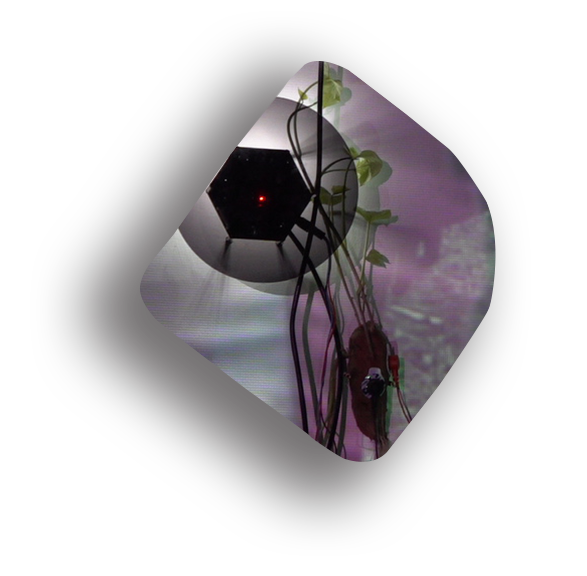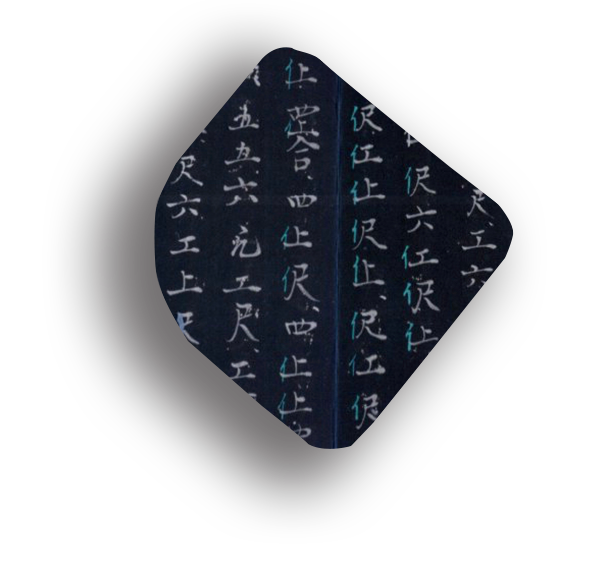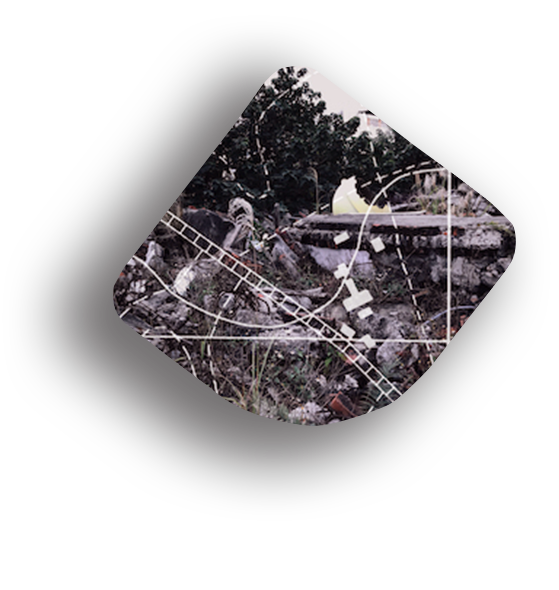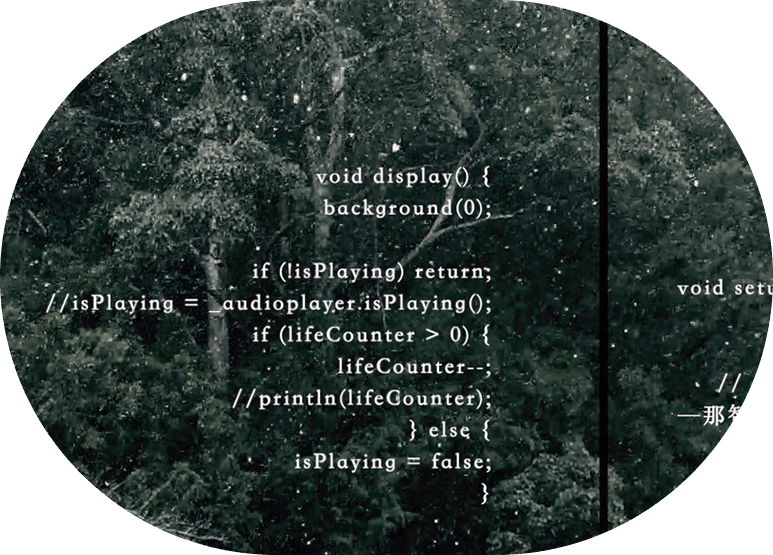「反身性聲語場景」以感官民族誌中強調「多重感官」(multisensory)、「具身體現、具地」(embodied, emplaced)、「反身性」(reflexivity)以及「實踐中認知」(knowing in practice)等思考作為知識建構的方法論,生產涉及身體感官、歷史旁白、閾限主體、記憶聲響、口傳敘事等命題的反思實踐行動。這些具身實踐將以地方作為事件,透過聲語敘事的物質性、觸視覺文本、媒體物件等檔案,開展出民族誌書寫中以「文字」作為主要表達的他種可能性,近一步探問空間場所如何影響了身份政治?主體話語如何透過場所聲響建構自身的主體性?當國家戰爭干預個人生命、並構造成為知識論中的「他者」時,感官民族誌所倡議的田野複性感知如何在異質空間中敞開域外的身體書寫?如何透過場所話語的考掘、將身體的具地行動轉譯為聲景書寫?如何讓觀者、地方民眾透過藝術實踐進入反身性思考自身與歷史、考掘自身與世界的文化關係?是此研究重要的問題意識。對此問題意識一連串的行動回應,亦是探究歷史空間、地方事件的身體回音。
This study utilizes sensory ethnography to emphasize the thinking of ‘multisensory‘, ‘embodied‘, ‘emplaced‘, ‘reflexivity‘ and ‘knowing in practice‘ as the core methodology of knowledge construction. The production involves reflective practices such as physical senses, historical narration, threshold subjects, memory sounds, and oral narratives. These embodied practices take places as ‘event’ to explore the possibilities of using “words” as the main form of expression in the writing of ethnography, and to further explore how spaces and places affect identity politics. How does the subject discourse construct its own subjectivity through the sounds of places? The national war intervenes with life politics, constructing the concept ‘others‘ in the theory of knowledge. How does the field revival perception advocated by sensory ethnography open its body to writing outside its domain in a heterogeneous space? How does one translate the field experience of the body into the ‘Technology of Self‘ of spatial sounds? Through artistic practice, how does one let viewers and local people delve into reflexive thinking about the cultural relationship between itself and history, itself and the world? These are the important issues of consciousness in this research. This series of actions and responses to these issues of consciousness are also the body echoes of historical space and local events.
━━━━━━━━━ 林欣怡. ICCS 衝突、正義、解殖:亞際社會批判研究 子計畫V
2015.09 — 2021.06
鯤言:第三種聲音
[ Khun-giân ]:The Third Voice
以郁永河於1697年來臺採硫時所寫的臺灣第一本遊記文學《裨海紀遊》(採硫日記),平行佐藤春夫所著《殖民地之旅》為雙重路徑,作為貫穿聲語敘事的文學軸心。《鯤言:第三種聲音》從社寮島作為索語起始,尋聲霧社、新竹與台南空襲等地事件,交錯吳新榮日記、原民吟唱、地方口傳、藝術家反聲語、臺灣竹枝詞等聲線,疊織為語音(voice)、語言(language)和聲音(sound)相互稀釋的主觀聽點與及物聲景。
// 本計畫由 陽明交大 ICCS文化研究國際中心「107-109 國內調查研究」補助
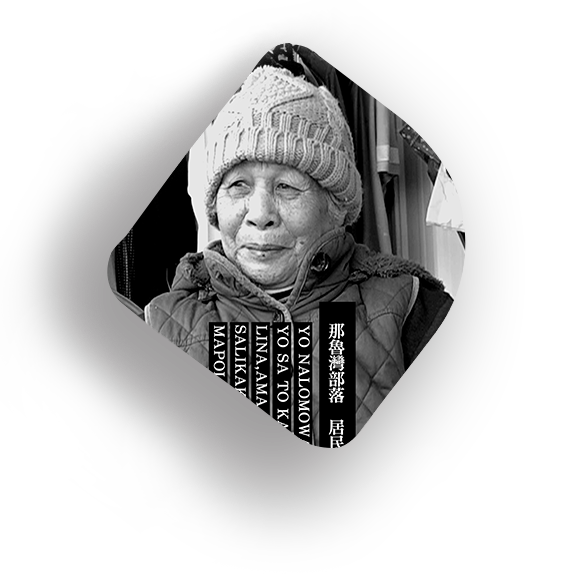
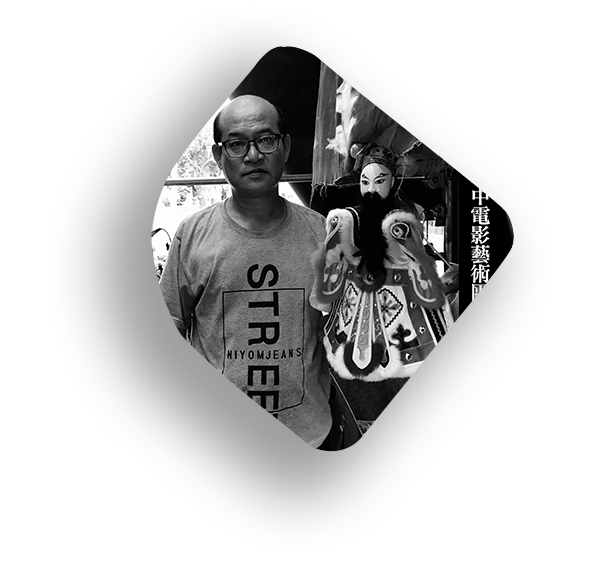
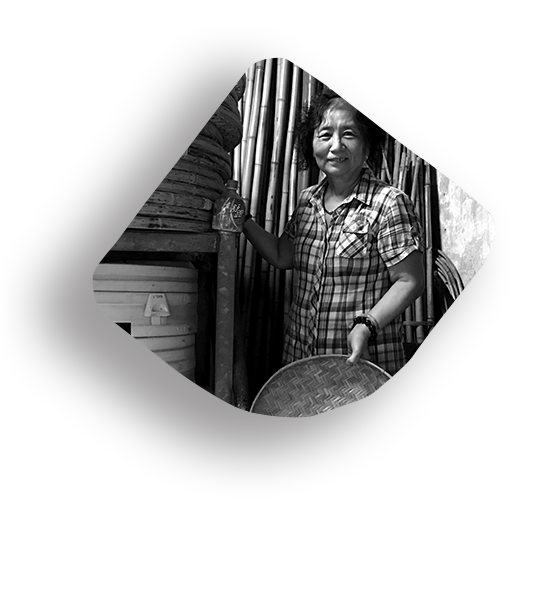
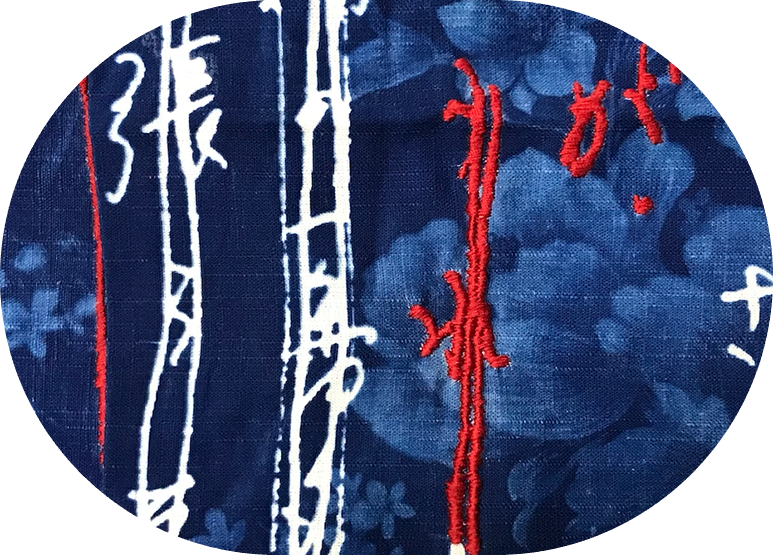
2018.12 — 2021.01
考聲誌:
三聲繡
[ Phìn-ôn-hi ] —
[ 泉州閩腔 ] — [ ‘Amis ]
Sound Weaving Map
《考聲誌》採集新竹市區閩南人、客家人、原民等三族群的聲線口述,構成山、海、平地三路線多語並置的「三聲繡」,三個考察路線以客家詩人杜潘芳格的詩作《平安戲》、新竹古賢王先生廟與代天府聖軍堂滕井少佐神像的地方口傳敘事、以及原民吟唱作為散點尋訪的起點,「織聲」為地方聲語交互糾纏的「跨群」(meshwork)結構,此聲語結構由各種不同的「群體」(network)交互重疊,形成多面向的網格組織,具有各自的語感特質。
2019.02 — 2019.07
補語
Vacant Words
聲繡以氰版攝影作為織物的基底影像,構造影像敘事圖層。圖樣內容為訪談對象的於媒體上被摘取出來的局部語句,在進行曬圖前先將文字拆解為「缺角補語」,曬圖完成後以紅線再局部繡出「缺角補語」的筆劃,使其話語成為視覺上語意不清的「圖像」,觀者必須透過聲繡物件操作方能聽清受訪者的口述內容。〈補語〉指陳的不僅是以身體動作縫補佚失的事件片段與歷史場景、亦為一號廠房拆除事件回音的補述,而此回音因過多的現實角力被碎片化、雜訊化。
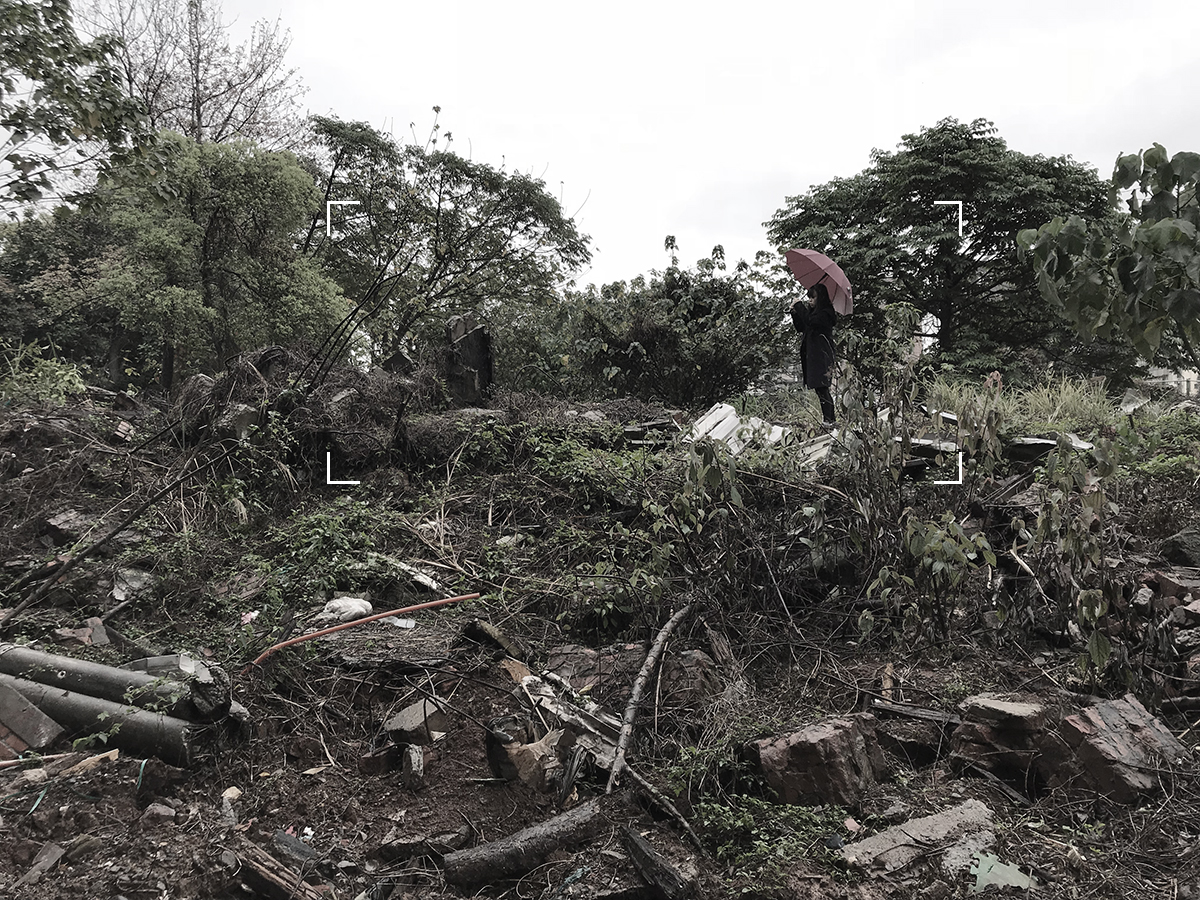
2018.10 - 2019.03
北赤土崎:
一號廠房.空白之所
Northern Sekidosaki :
Factory Building 1.
A Place of Emptiness
「一號廠房.空白之所」工作坊擷取了洛夫、駱以軍、朱天心、蘇偉貞、張大春、張啟疆等諸位省一、二代作家作品中關於國共內戰撤退的記憶書寫,這些書寫不僅折射了1949年後離散者的精神流亡,亦映射了關於現實空間中被建構而成的鄉城(中國)想像。這些話語散落在廢棄的一號廠房空白之地的斷壁殘垣中,透過擴增實境的視覺介面,邀請參與者進入、想像空間符號的擬像實踐。參與者需在這片已被拆除的六燃一號廠房廢址中,行走尋找六個圖像上的標的物,透過手機介面以一定的角度與身體姿勢,才能發現韓戰老兵影像與詩文疊合為現場標的景象,同時聆聽文學話語。

